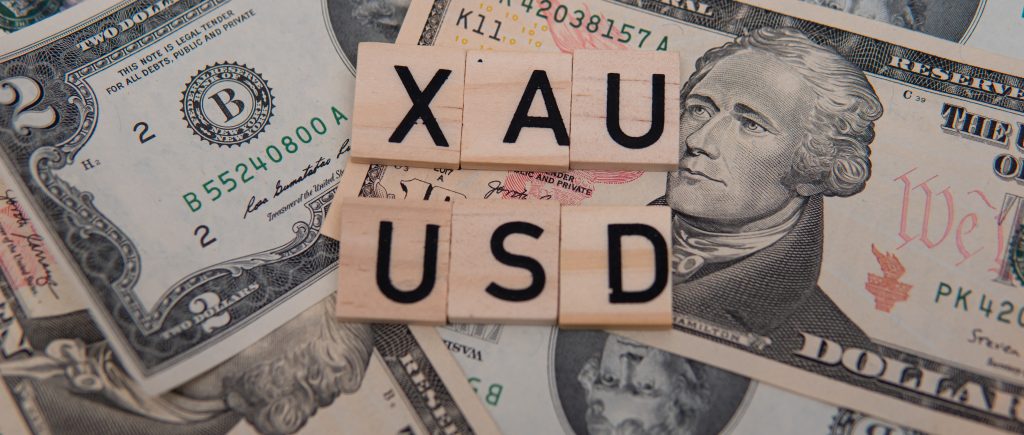Gold prices saw a decline on Tuesday in Asian trade, pressured by improving risk appetite and reduced haven demand, as investors anticipated a positive outcome from the ongoing high-level U.S.-China trade talks.
The yellow metal had experienced significant gains in recent weeks, driven by heightened uncertainty over the U.S. economy and President Donald Trump’s trade policies, which fueled demand for safe-haven assets. Geopolitical tensions, particularly between Russia and Ukraine, along with weak economic data from China, further supported this demand for gold.
However, this trend reversed on Monday as Washington and Beijing began their crucial trade discussions in London. The improving risk sentiment and offsetting concerns about escalating violence in Los Angeles, where Trump deployed the military against protests linked to his immigration policies, led to a decrease in gold’s appeal as a safe-haven asset.
As of 00:23 ET (04:23 GMT), spot gold had fallen by 0.8% to $3,308.32 per ounce, and gold futures for August were also down by 0.8%, at $3,327.75 per ounce.
Other precious metals retreated as well, following a strong rally in the past week. Platinum futures dropped by 0.1% to $1,224.60 per ounce, moving away from a four-year high. Silver futures fell by 0.4% to $36.660 per ounce but remained near a recent 13-year high.
Gold Slips as Dollar Strengthens and Risk Appetite Improves
The pressure on gold was compounded by increasing positioning in the dollar ahead of key U.S. inflation data, set to be released on Wednesday. The inflation report is expected to show a slight uptick, further boosting the dollar and reducing the demand for gold.
Softer demand for gold as a safe-haven asset was evident, as traders shifted toward more risk-driven assets due to positive signals from the U.S.-China trade talks. President Trump highlighted encouraging trends in the ongoing negotiations, and there were reports suggesting that the president was considering easing restrictions on semiconductor and technology exports to China, a move that could help de-escalate trade tensions between the two countries.
The trade talks are set to continue on Tuesday, with markets closely watching for any announcements of progress in the negotiations. The expectation of further de-escalation in trade tensions, following a temporary truce in May, has led to a rise in risk appetite, which has undermined the demand for gold.
Despite the recent dip, gold has gained 26% so far in 2025 and has hit several record highs in recent months, reflecting its strong performance amid global uncertainties.
Copper Prices Weaken Despite Strong Gains
Copper prices also declined on Tuesday, though they were still sitting on strong gains from the prior session, despite a series of weak economic reports from China, the world’s largest copper importer.
Benchmark copper futures on the London Metal Exchange dropped 0.3% to $9,757.60 per ton, while U.S. copper futures fell 0.4% to $4.8848 per pound. Both contracts had gained 1% on Monday.
Copper’s gains occurred despite data showing a sharp decline in China’s copper imports in May, as the country continued to grapple with weak domestic demand. China’s overall export growth also missed expectations, further highlighting the economic slowdown.
However, optimism surrounding the U.S.-China trade talks helped to offset concerns about ongoing weakness in China’s economy. The recent decline in copper imports appeared to be driven largely by steep U.S. trade tariffs on Chinese goods, raising hopes that a trade deal could help stabilize global demand for the metal.
In conclusion, gold prices were under pressure as risk appetite grew amid hopes of a resolution in the U.S.-China trade dispute. Meanwhile, copper prices showed resilience despite soft economic data from China, buoyed by the optimism surrounding the ongoing trade negotiations.
 Noor Trends News, Technical Analysis, Educational Tools and Recommendations
Noor Trends News, Technical Analysis, Educational Tools and Recommendations





